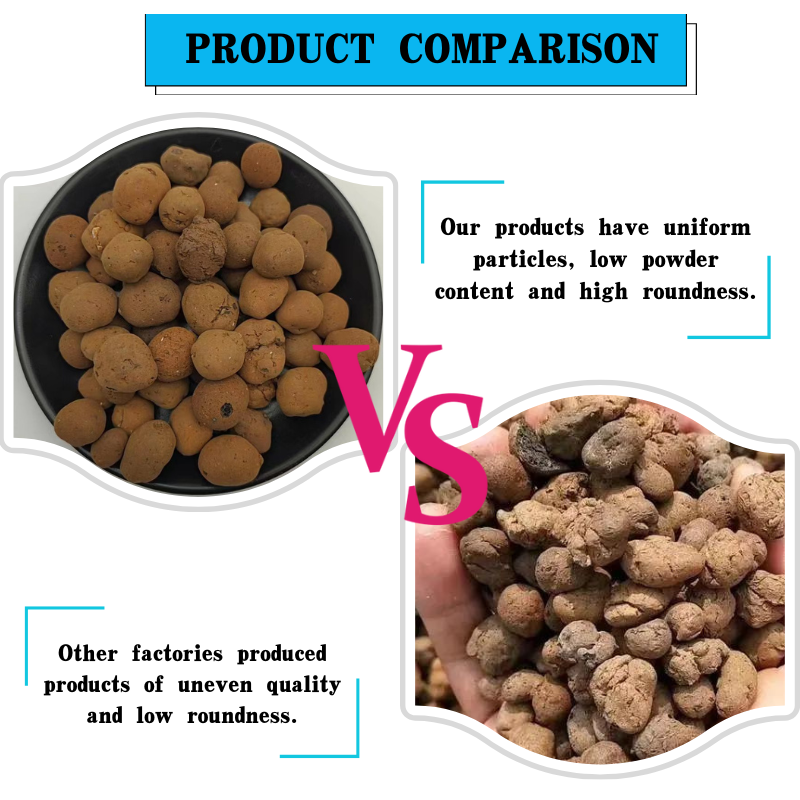
metakaolin
Metakaolin The Versatile Material Transforming Modern Construction
Metakaolin, a calcined form of kaolinite clay, has gained significant attention in the construction and materials science industries due to its remarkable properties. This pozzolanic material, produced by heating kaolin clay to a temperature of approximately 650 to 800 degrees Celsius, has emerged as a sustainable alternative to traditional construction materials, promoting both eco-friendliness and structural integrity.
One of the most notable characteristics of metakaolin is its pozzolanic activity. When mixed with calcium hydroxide in the presence of water, metakaolin reacts to form additional calcium silicate hydrate (C-S-H), the primary binding phase in concrete. This results in an increase in compressive strength, durability, and overall performance of the concrete. As a result, incorporating metakaolin in concrete formulations can lead to structures that are not only stronger but also more resistant to environmental degradation.
Sustainability is a critical concern in today’s construction industry. The production of traditional Portland cement is highly energy-intensive and contributes significantly to carbon emissions. By using metakaolin as a partial replacement for cement, the carbon footprint of concrete can be reduced effectively. Studies have shown that substituting cement with metakaolin can minimize the environmental impact while enhancing concrete properties. Furthermore, metakaolin can be sourced from natural deposits, making it a renewable resource that supports sustainable building practices.
metakaolin

The versatility of metakaolin extends beyond concrete applications
. It is increasingly being utilized in the production of mortar, grouts, and other cementitious products. Its fine particle size and high surface area allow for improved workability and adhesion properties, making it an ideal additive in various construction materials. This adaptability also leads to the potential for metakaolin to be used in the production of high-performance bricks, tiles, and ceramics, further diversifying its applications.In addition to structural benefits, metakaolin contributes to improved aesthetic qualities in construction projects. Its white color enhances the brightness of concrete and provides a clean, modern appearance. This characteristic proves advantageous for architectural projects seeking to make a contemporary statement while maintaining sustainability. As designers and architects increasingly prioritize eco-conscious materials without compromising design, metakaolin has become a go-to option.
Research and advancements in metakaolin technology continue to unfold, revealing its tremendous potential. Innovations such as bio-based additives and waste materials can be combined with metakaolin to create even more efficient and sustainable building materials. The exploration of its interactions with other industrial by-products, like fly ash and slag, could lead to new formulations that further enhance the physical and chemical properties of concrete and other composites.
In summary, metakaolin is revolutionizing the construction industry with its pozzolanic properties, sustainability, and versatility. As the demand for eco-friendly materials grows, metakaolin presents a viable solution for reducing environmental impact while improving the performance of construction materials. Its increasing adoption in various applications heralds a new era in sustainable building practices, aligning with global efforts to create a greener future. As research continues and the industry recognizes the myriad benefits of this remarkable material, metakaolin is poised to play a pivotal role in the evolution of modern construction.
Share
-
Premium Pigment Supplier Custom Solutions & Bulk OrdersNewsMay.30,2025
-
Top China Slag Fly Ash Manufacturer OEM Factory SolutionsNewsMay.30,2025
-
Natural Lava Rock & Pumice for Landscaping Durable Volcanic SolutionsNewsMay.30,2025
-
Custom Micro Silica Fume Powder Manufacturers High-Purity SolutionsNewsMay.29,2025
-
Custom Mica Powder Pigment Manufacturers Vibrant Colors & Bulk OrdersNewsMay.29,2025
-
Custom Micro Silica Fume Powder Manufacturers Premium QualityNewsMay.29,2025






